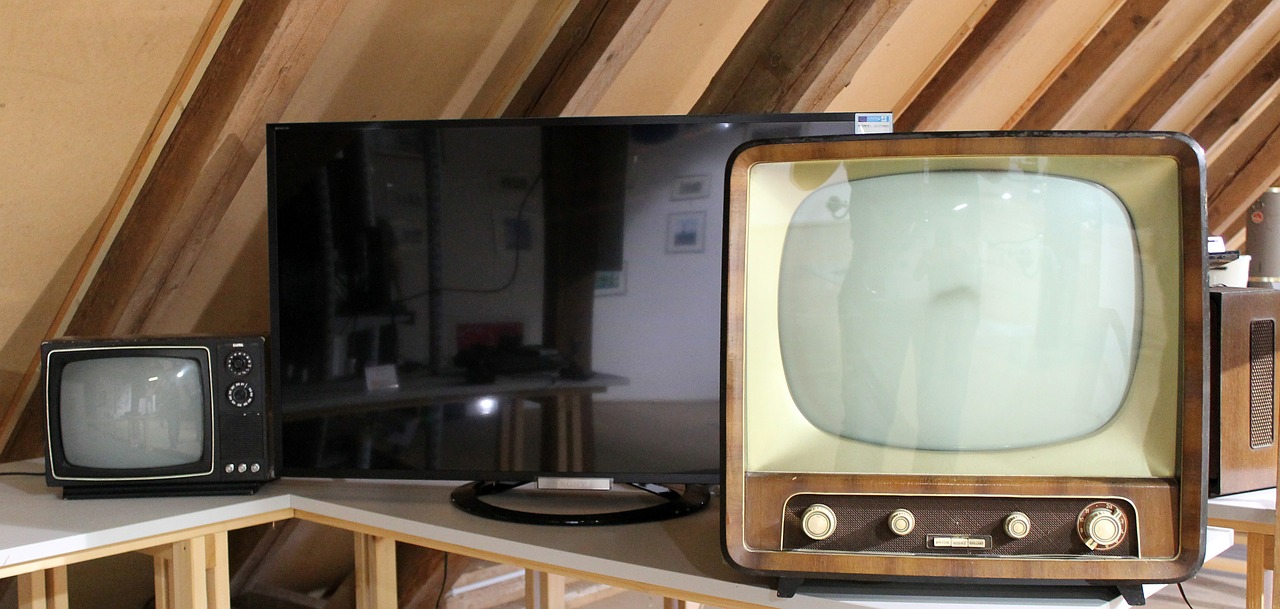These days, old TVs can’t be thrown out with the trash — they must be disposed of properly, an expensive undertaking which may impact a project’s funding.

It’s time for your client to update their old TVs. Great news for you, right? Then again, TV disposal can be a huge hassle.
When a property — let’s say: a hotel — has 300 new TVs in their installation, the reality is that they must actually handle 600 units. Unfortunately, the old TVs are often forgotten about until the new TVs are nearly delivered, which leaves hotel management and integrators alike scrambling to figure out what to do with all that outdated hardware.
Similar to car tires and other materials, TVs can’t just be thrown out with the trash. They must be disposed of “properly,” and this can equate to real dollars that may reduce the amount of money a property can spend on other new technology updates. Expectations for technology use in hotels is at an all-time high as tech-savvy millennials are projected to dominate the workforce over the next several decades.
Here are a few points to consider when getting rid of old TVs:
Recycling and Liquidating Old TVs: Pros & Cons
- Recycling old TVs involves completely dismantling the units and separately recycling each component.
- Liquidation — or giving the TVs to a company that can resell them — is typically done at a minimal cost, and depending on condition, could even provide a small payout to the property. Liquidated units find homes in one- or two-star properties, dormitories, non-profit organizations, or they may even be shipped overseas.
- Compared to liquidation, recycling can be pricey, starting at $35-$50+ (depending on location) per unit. This is because the recycling process involves labor to physically break down the unit, machinery, or other operating costs to recycle the components, and could involve freight costs to transport parts to other locations where additional recycling may take place.
Determining Values of Liquidated TVs
- Liquidating TVs can help properties defray the costs of new TV installations.
- The condition of the old equipment is the key to how much a property can expect to be paid after the TV disposal. Example: if TVs do not properly function, are inoperable, are missing remotes or stands/bases or are in poor condition (scratches, etc.), it may cost money to have the units liquidated. If there’s no value to resell them, the liquidator still needs to cover costs for labor, truck (rental/maintenance), fuel, etc.
Securing Green Certificates for Recycled TVs
- Many recycling services provide a green certificate confirming the disposal was completed safely.
- Documentation proves the property is environmentally responsible and confirms compliance with corporate green initiatives.
The Decision: Liquidation vs. Recycling Old TVs
- For TVs in poor condition or with visible scratches, recycling is the best choice. Even though costs are higher, liquidators may not be interested in units that are visibly worn or in poor condition.

- Larger and newer units are worth more and therefore are better candidates for liquidation. The rule of thumb: 85+ units make the pickup attractive to a TV liquidator.
- There could be tax advantages for liquidation or recycling depending on state regulations. Check with your accounting department to verify applicable tax incentives.
Finding a Reliable TV Disposal Expert
- Obtaining valid information on the old units (i.e. age, model number, brand, condition, accessories in place) will help ensure they are picked up by a liquidator
- Check liquidator references:f a liquidator tries to push you to trust them rather than willingly provide references, this should send a red flag.








